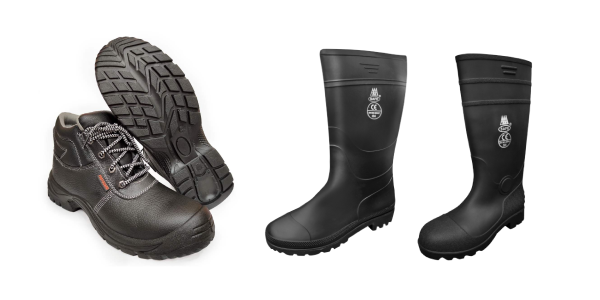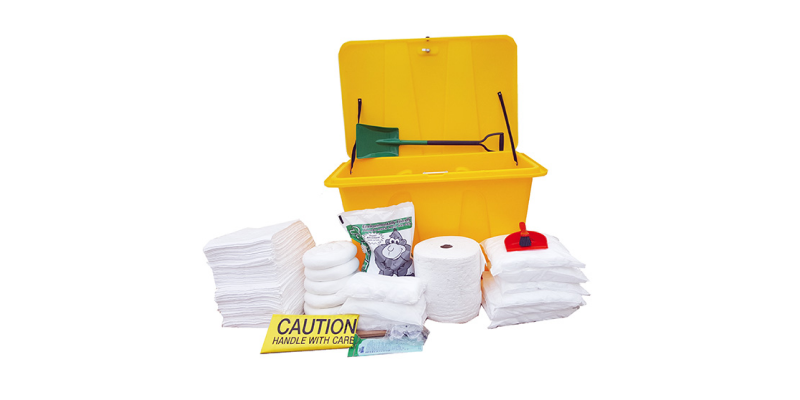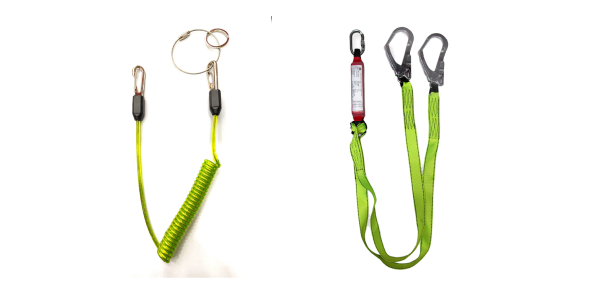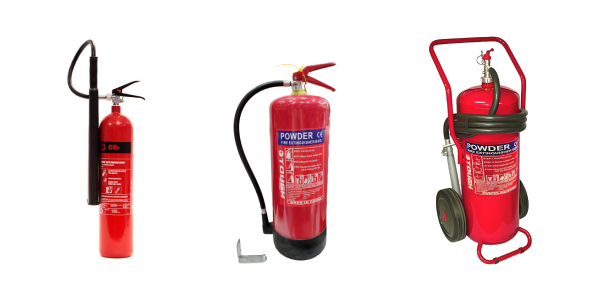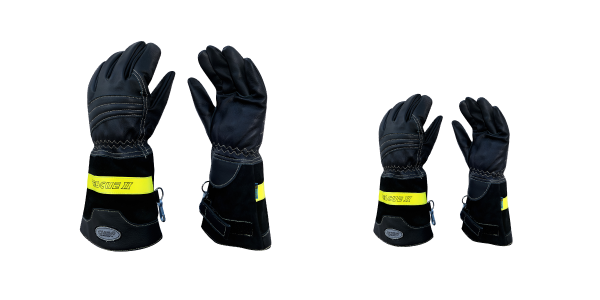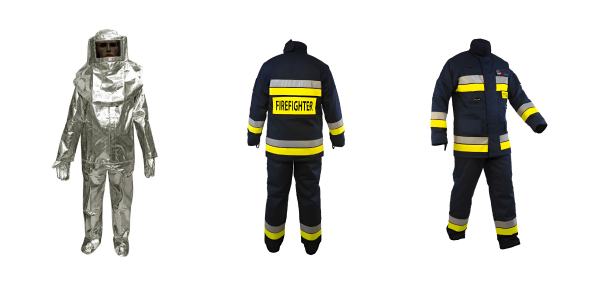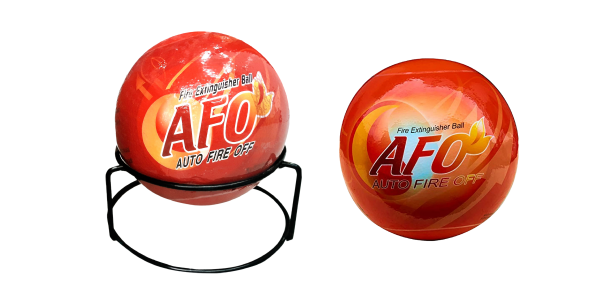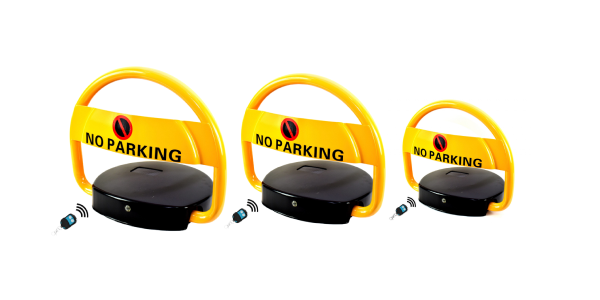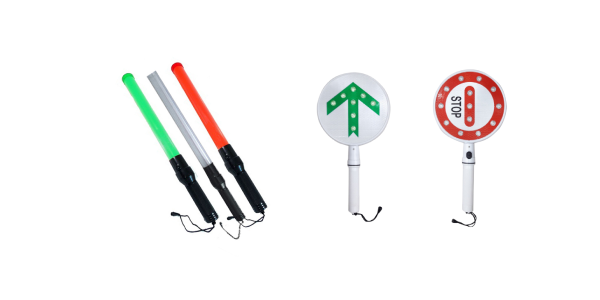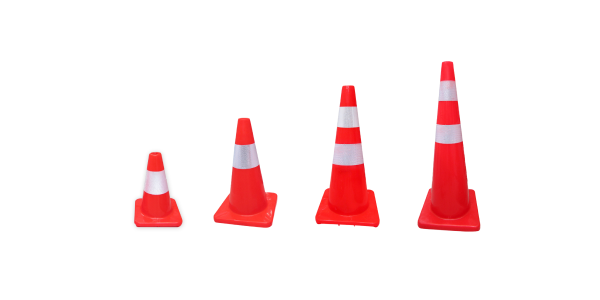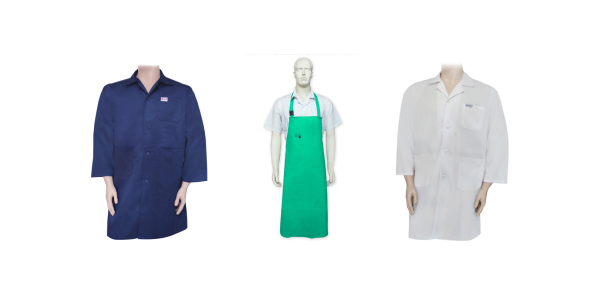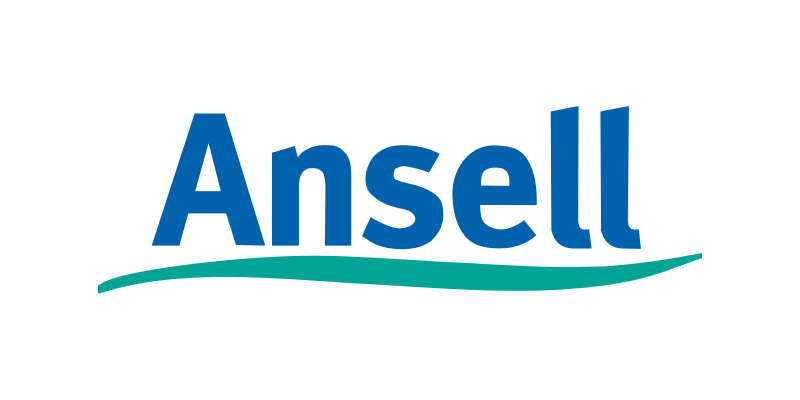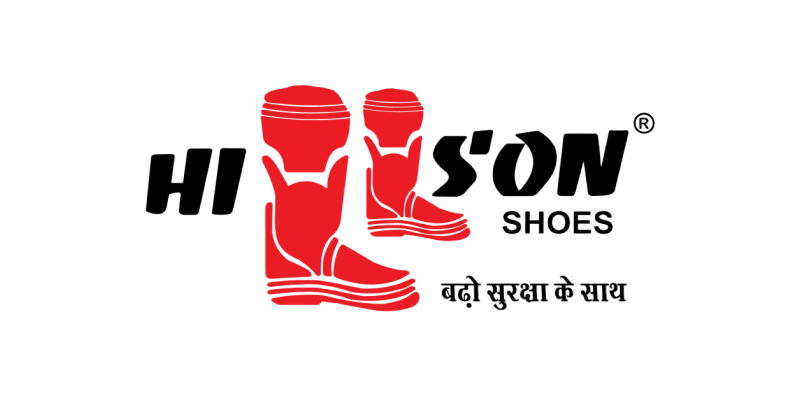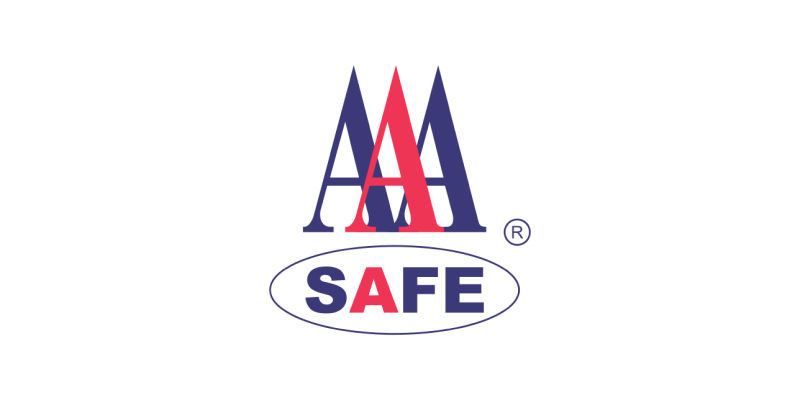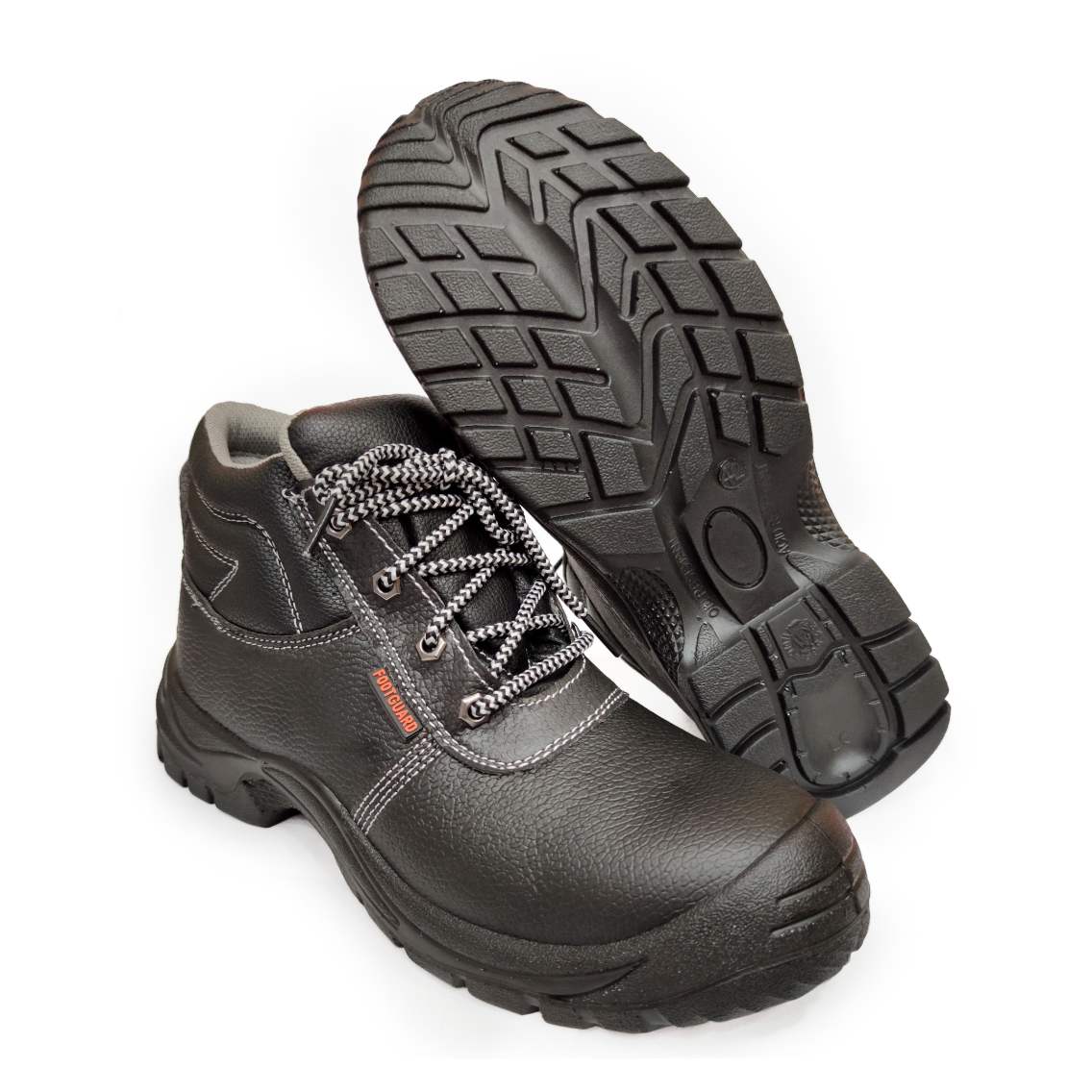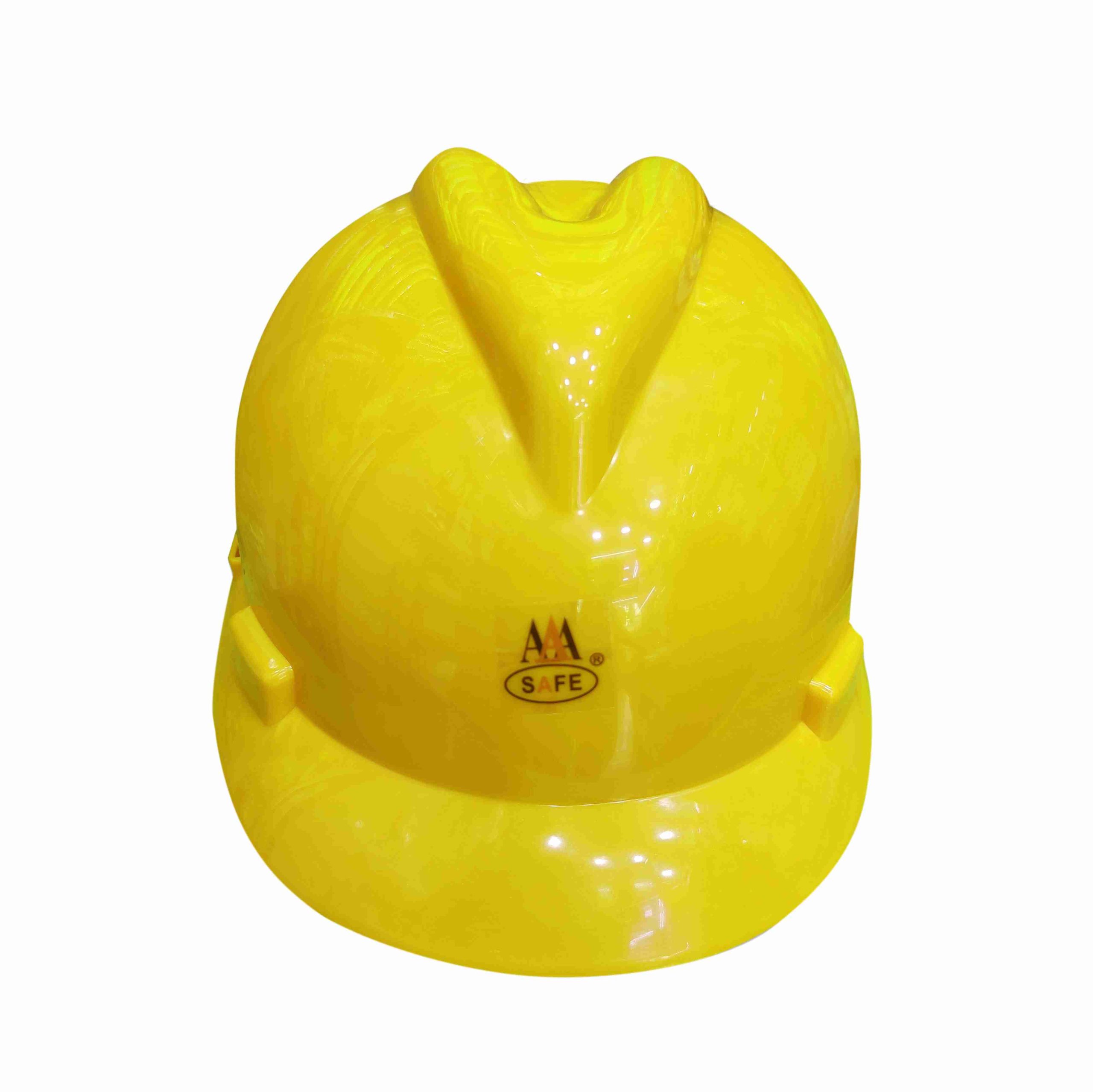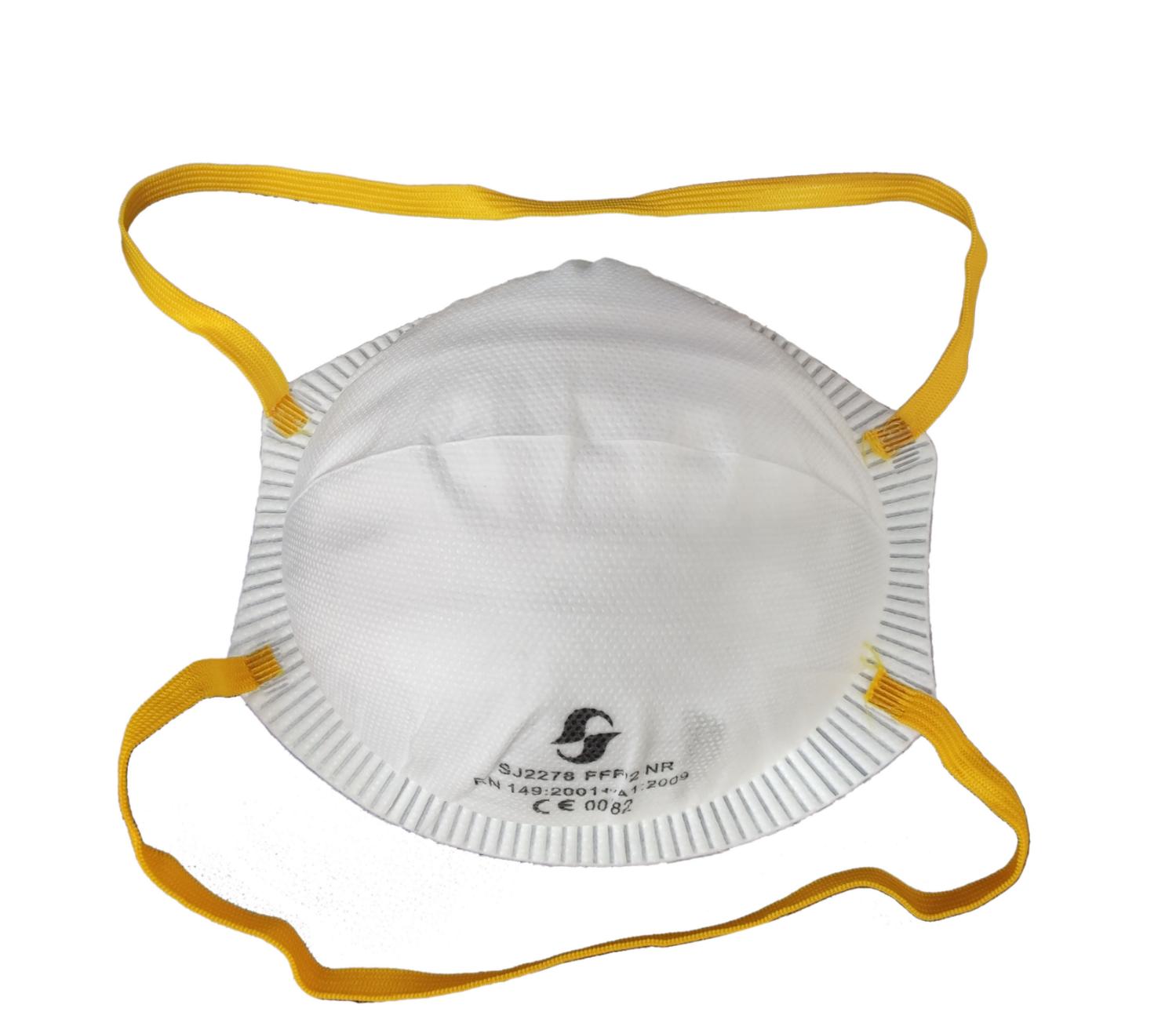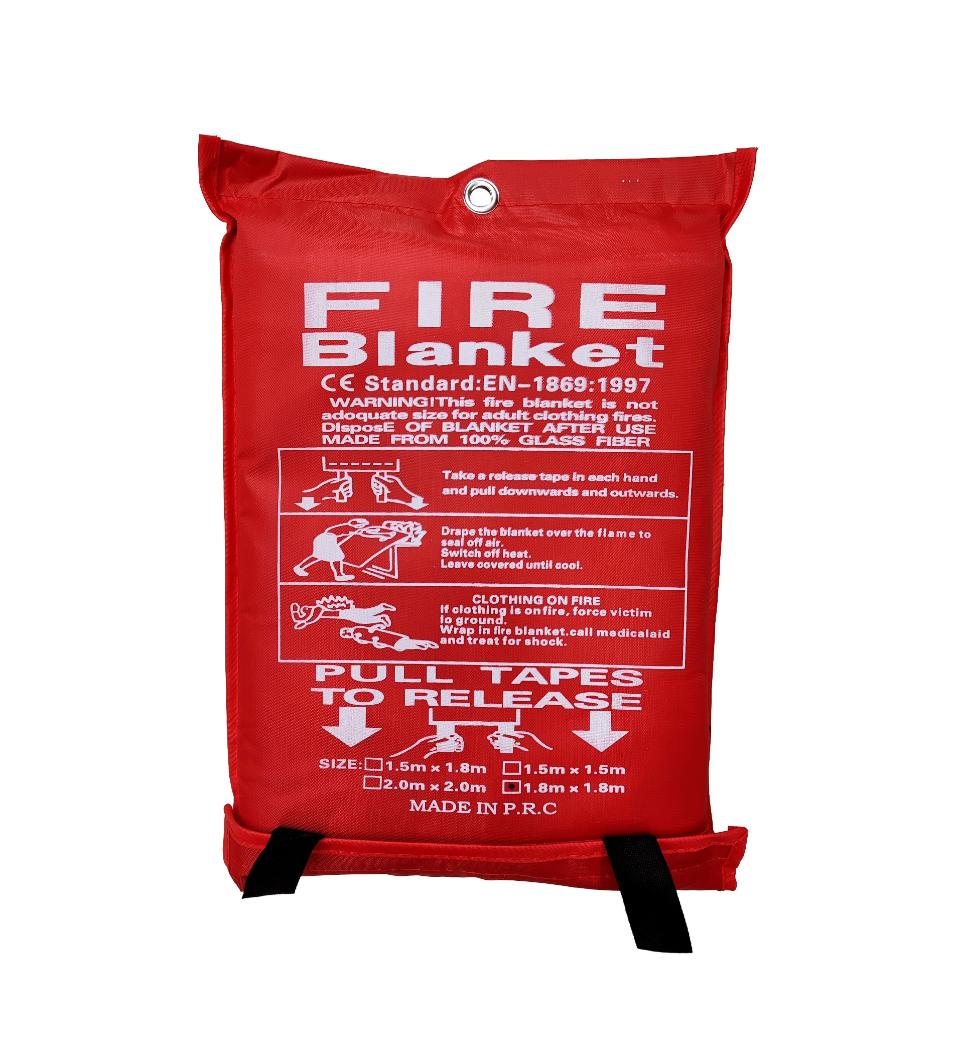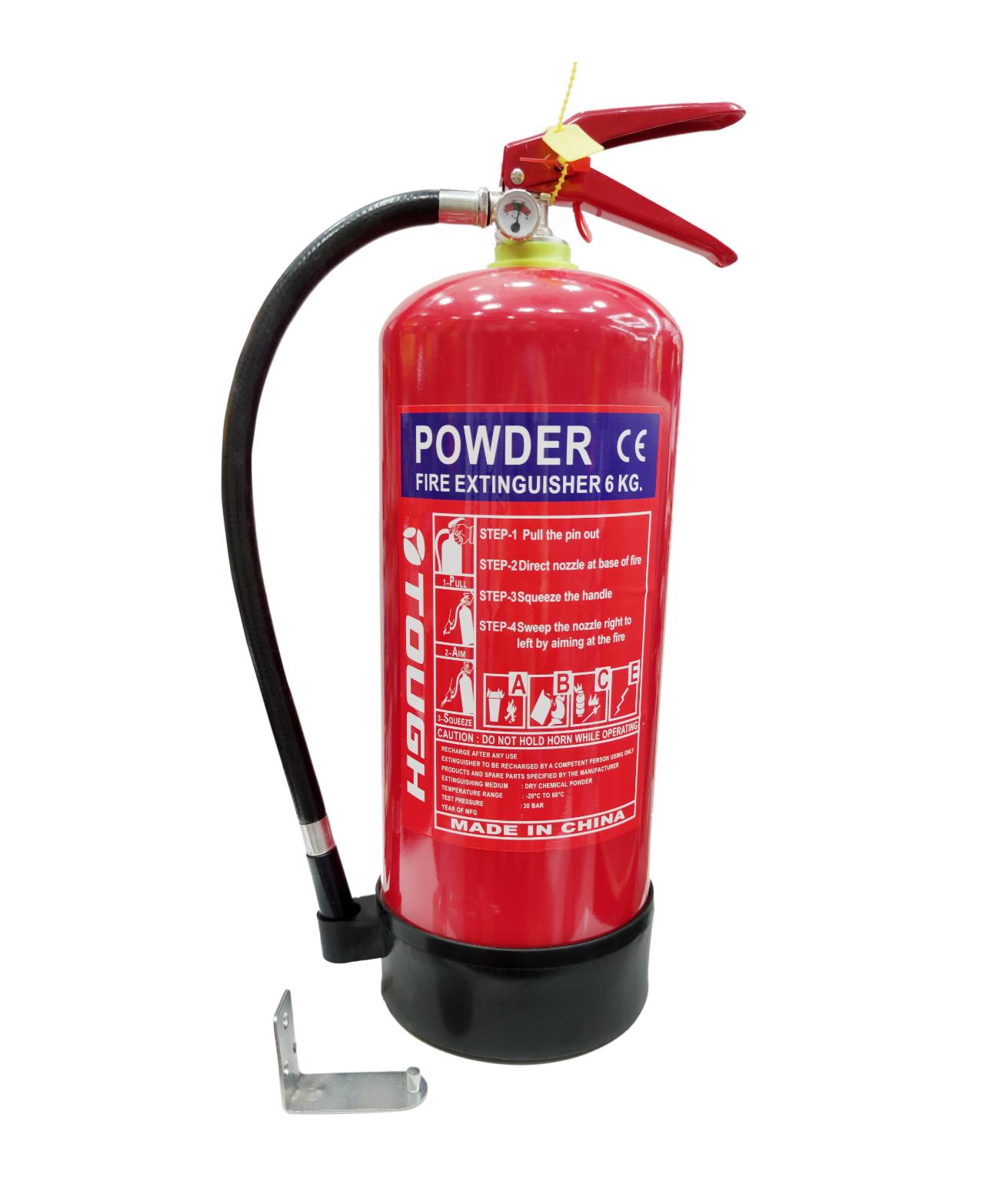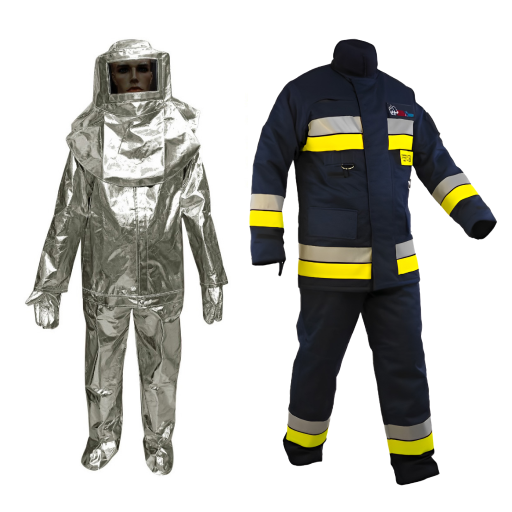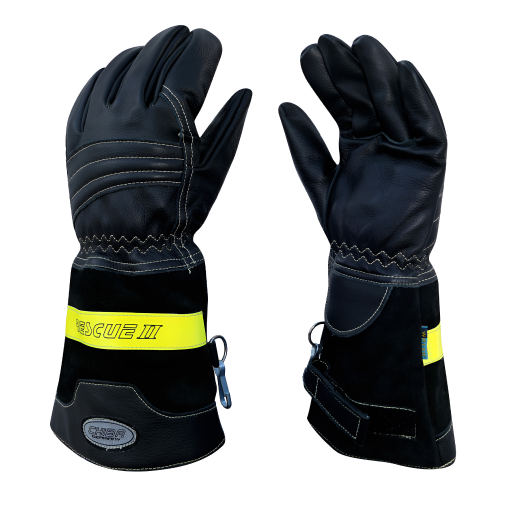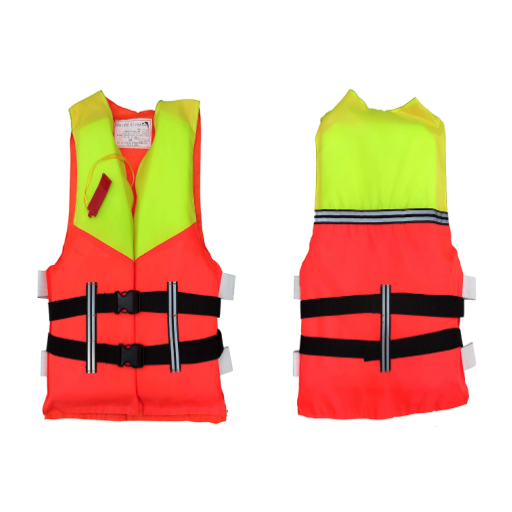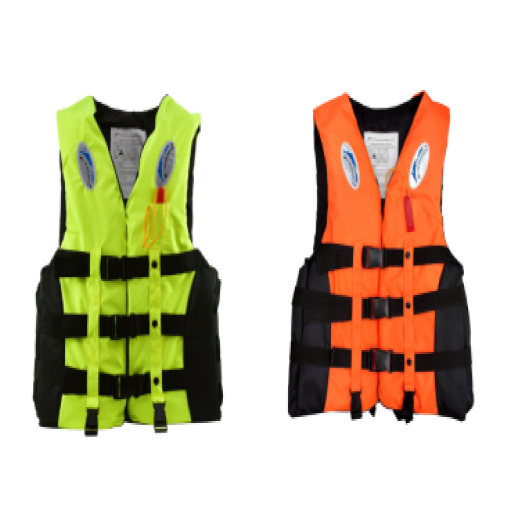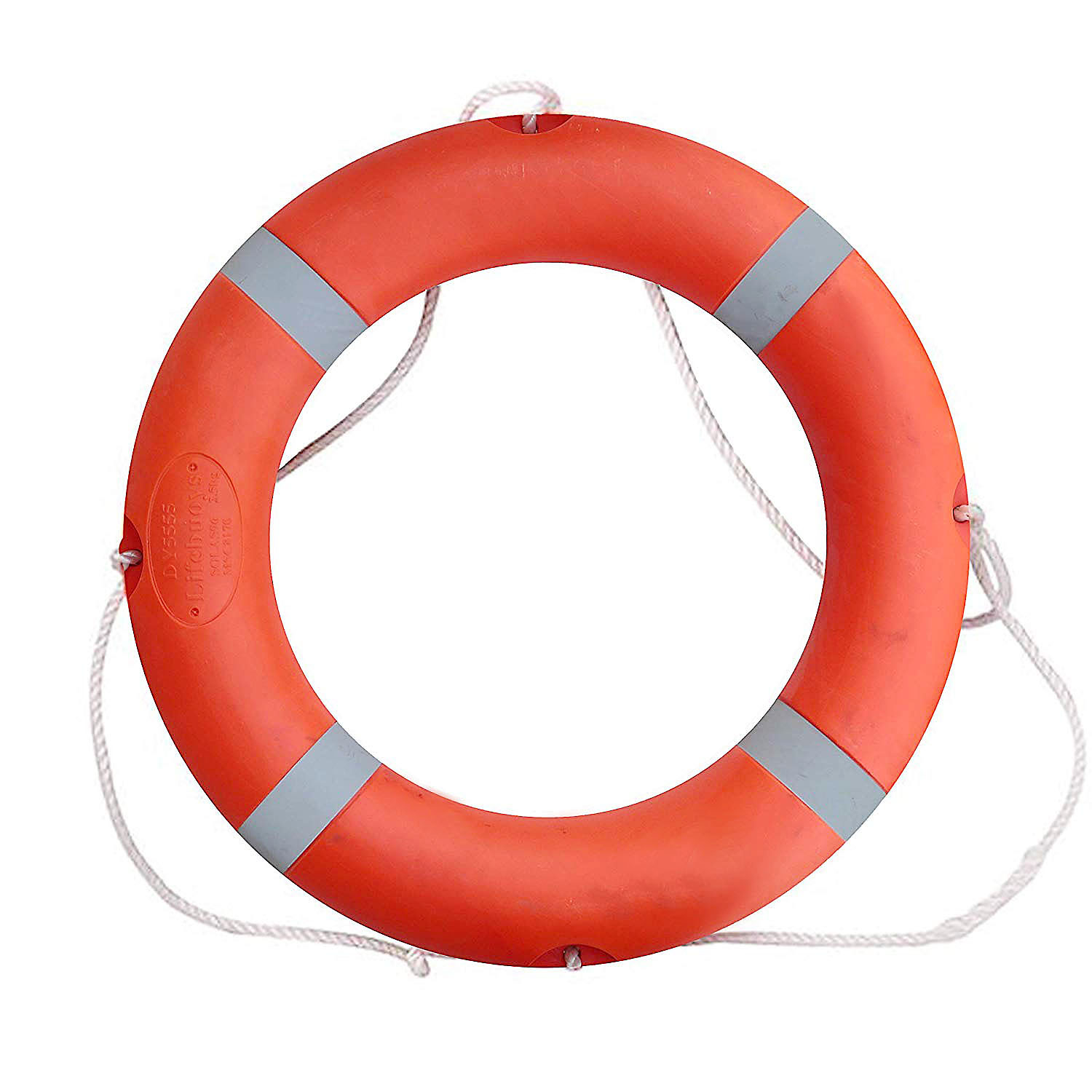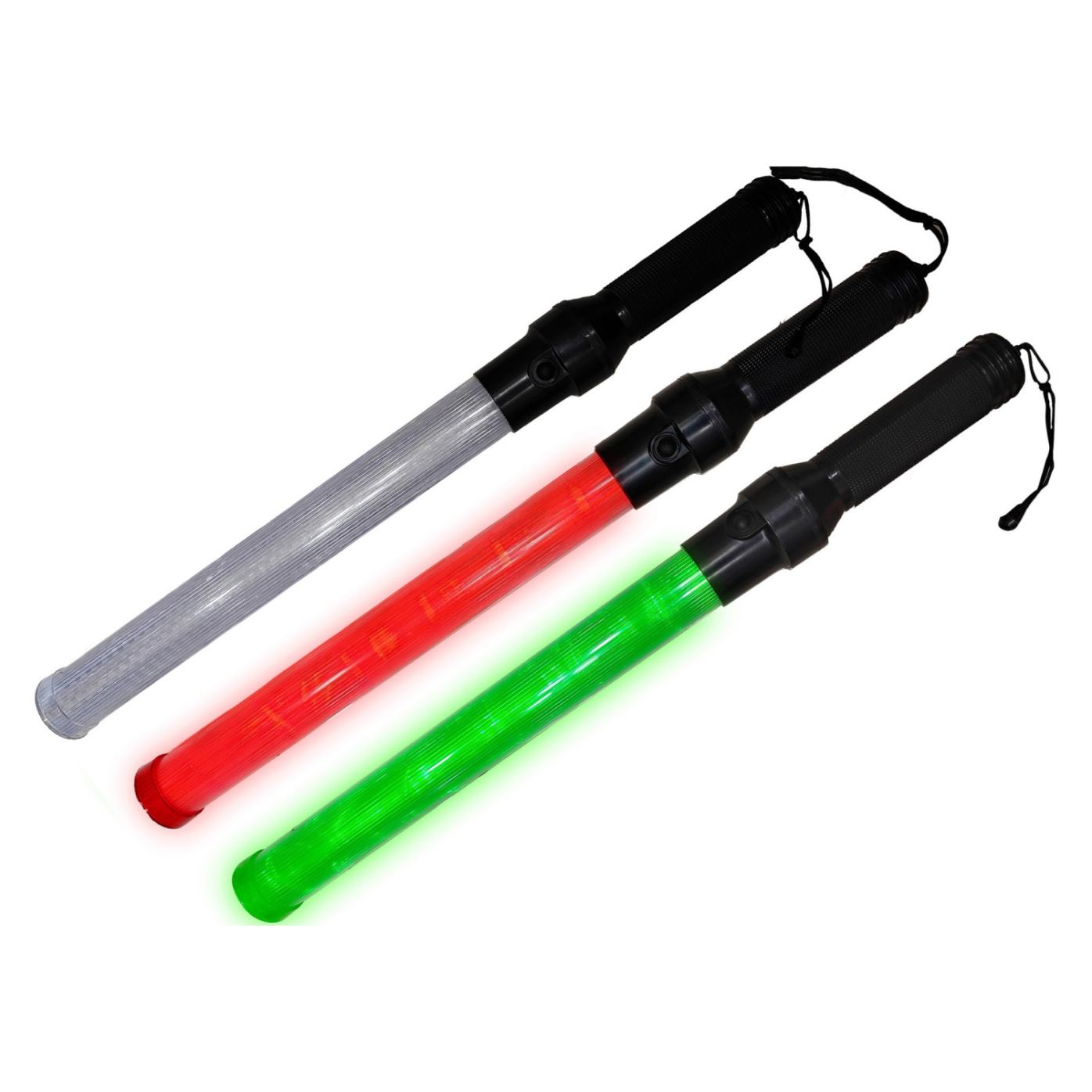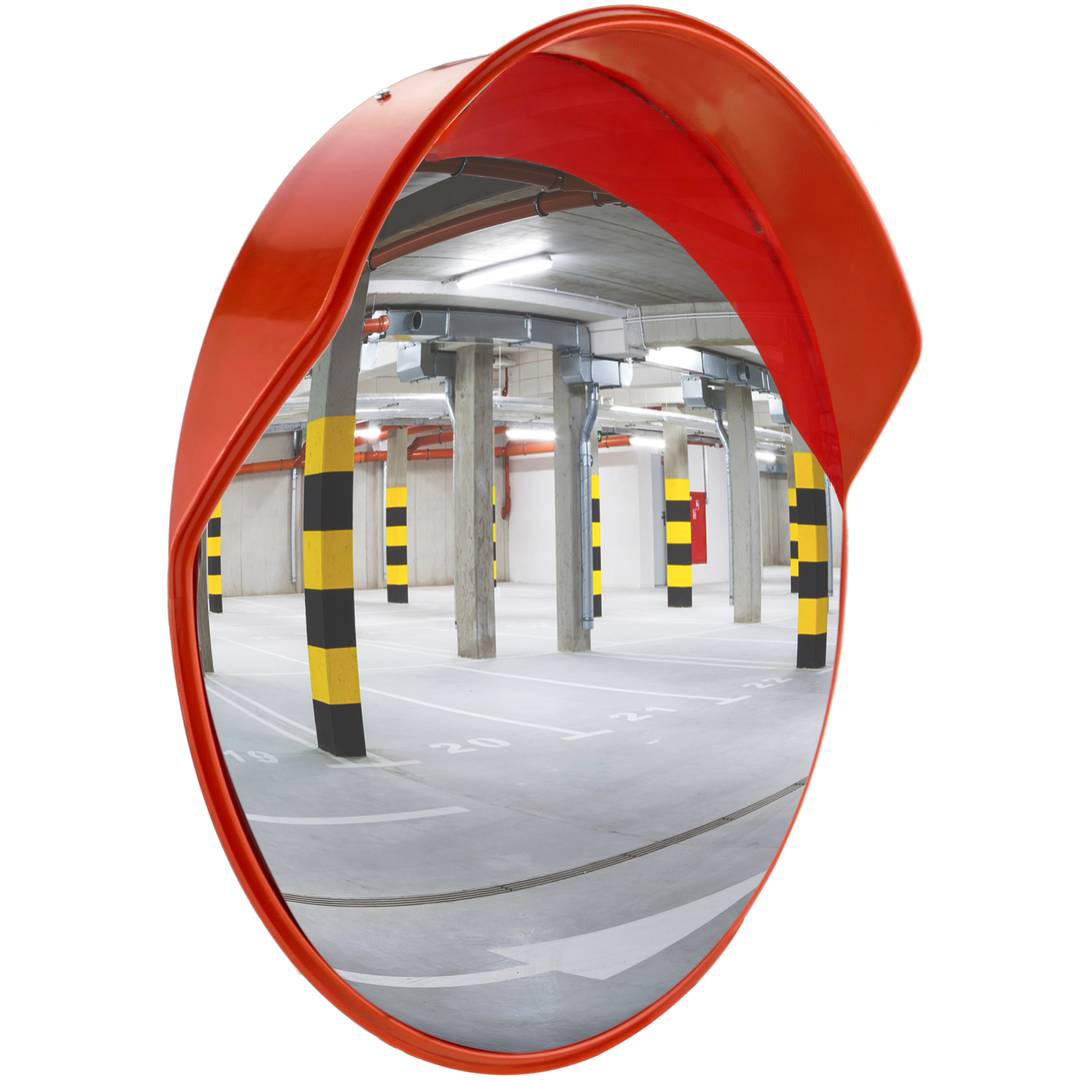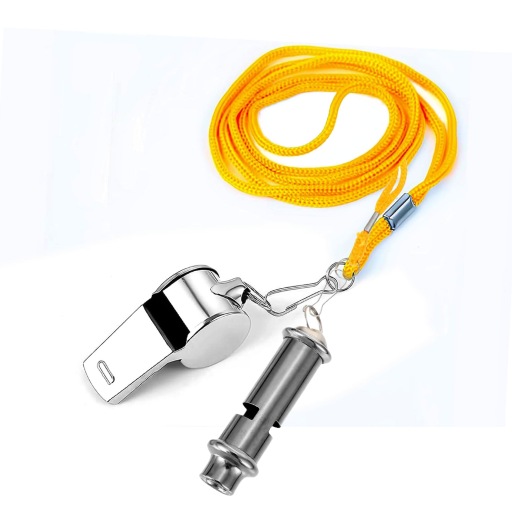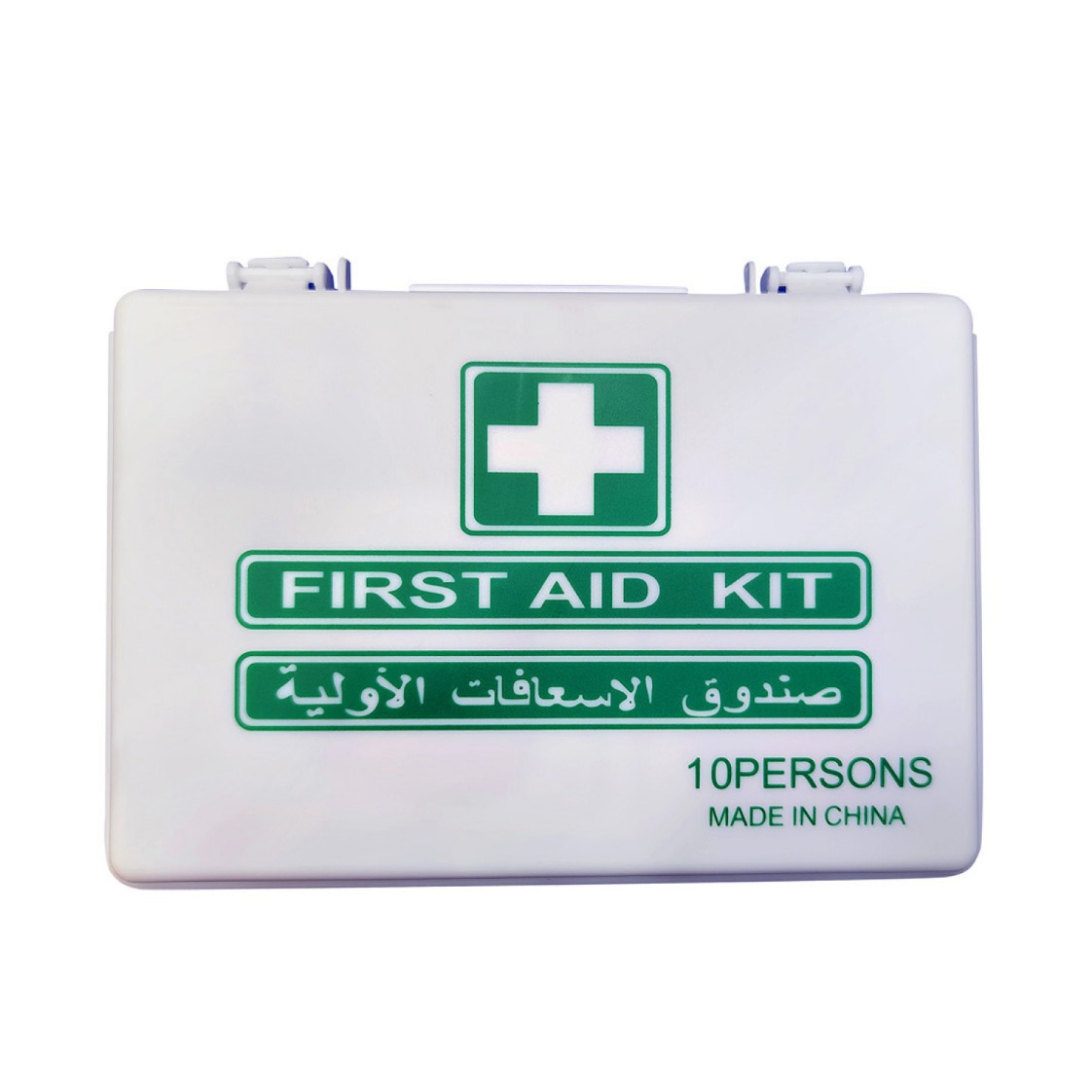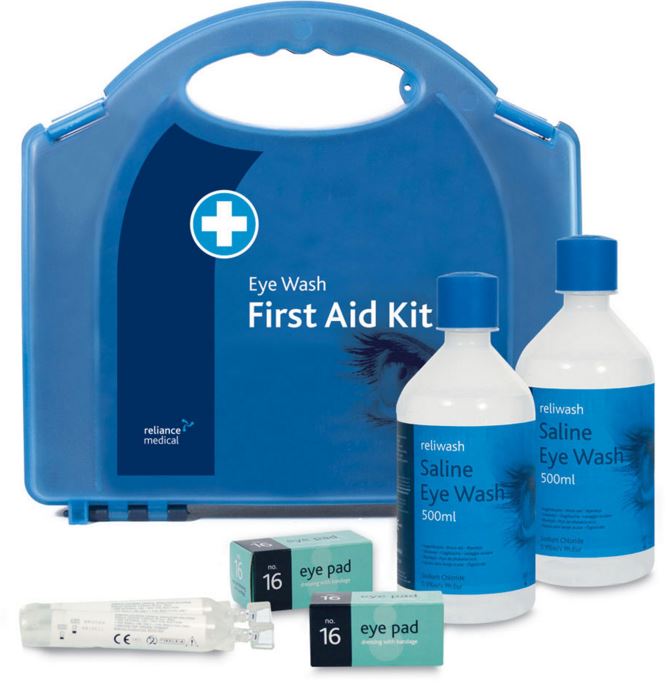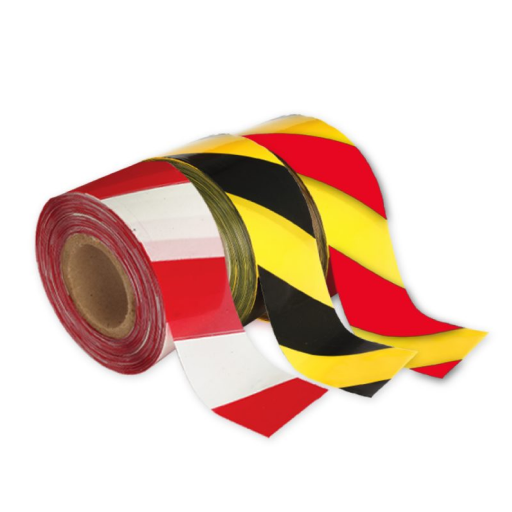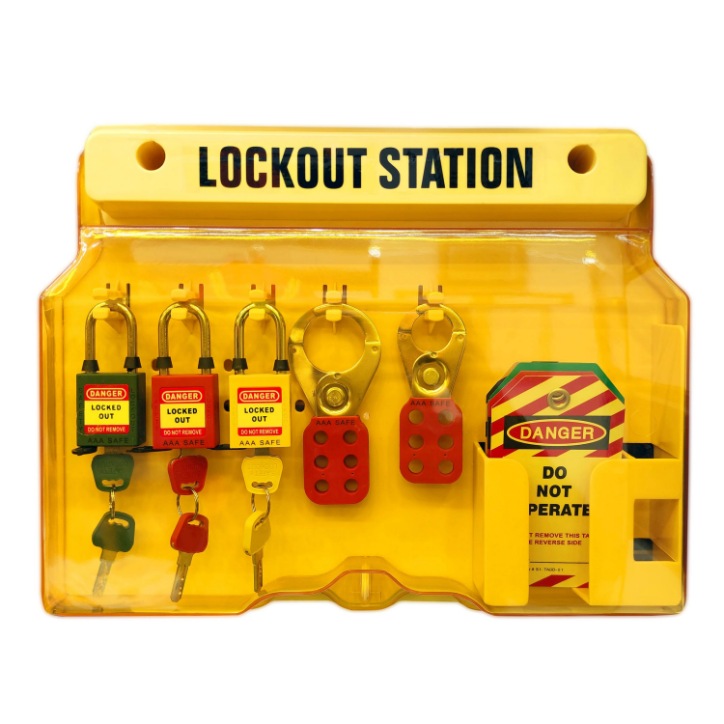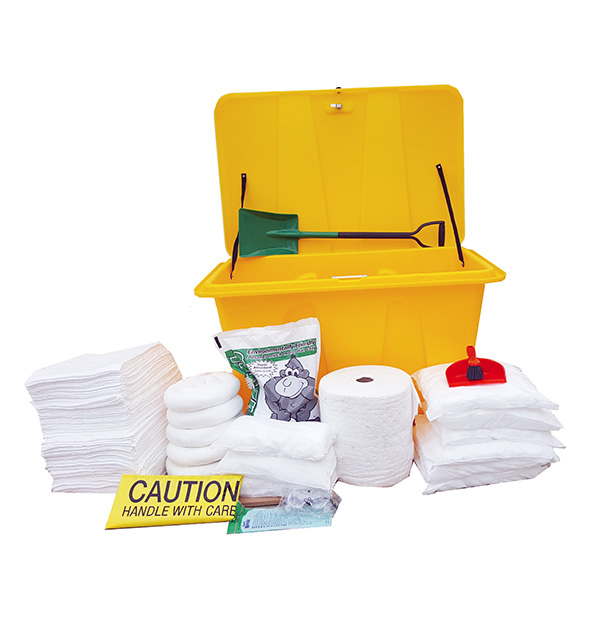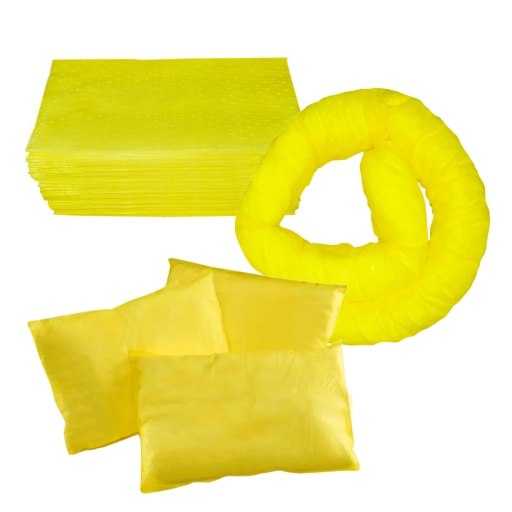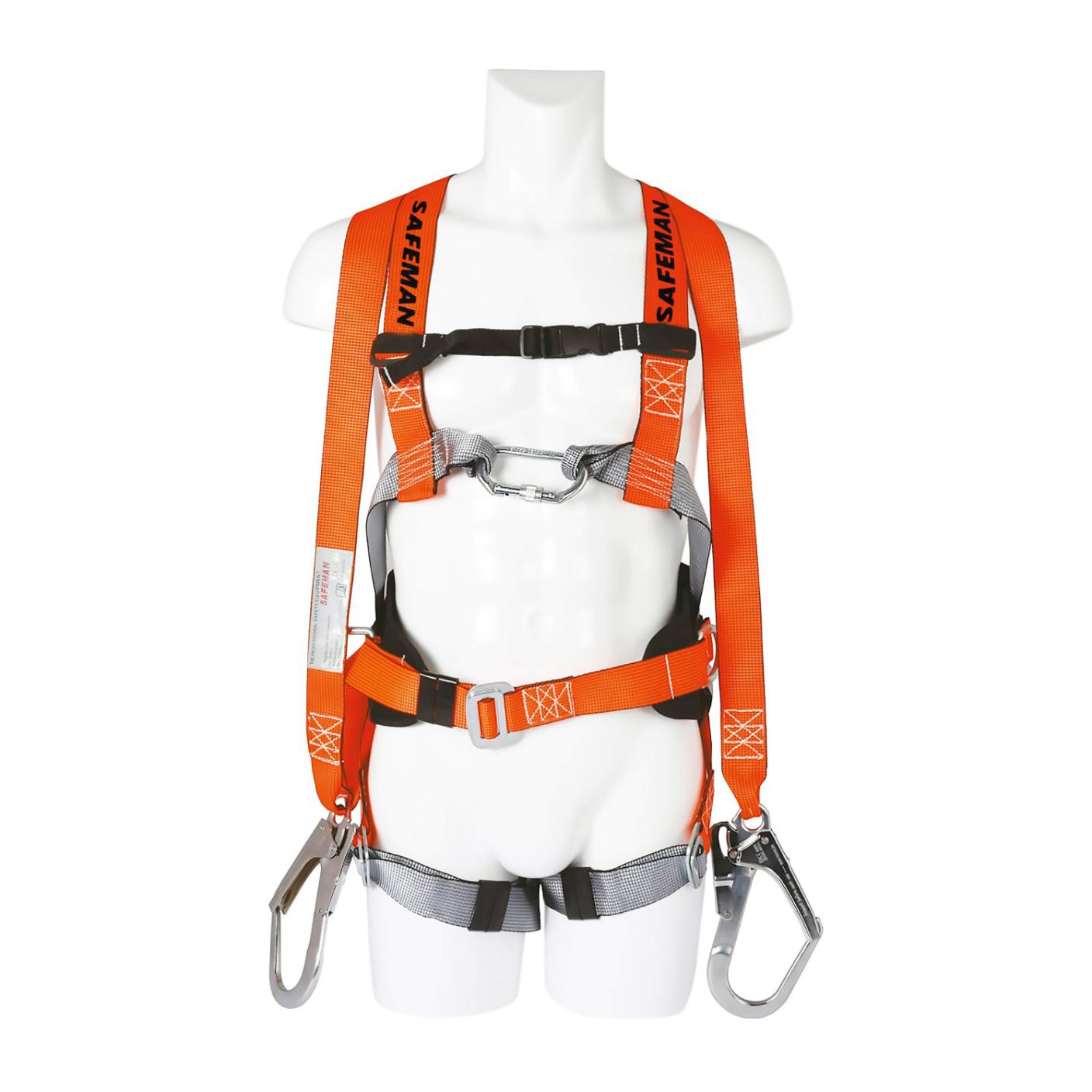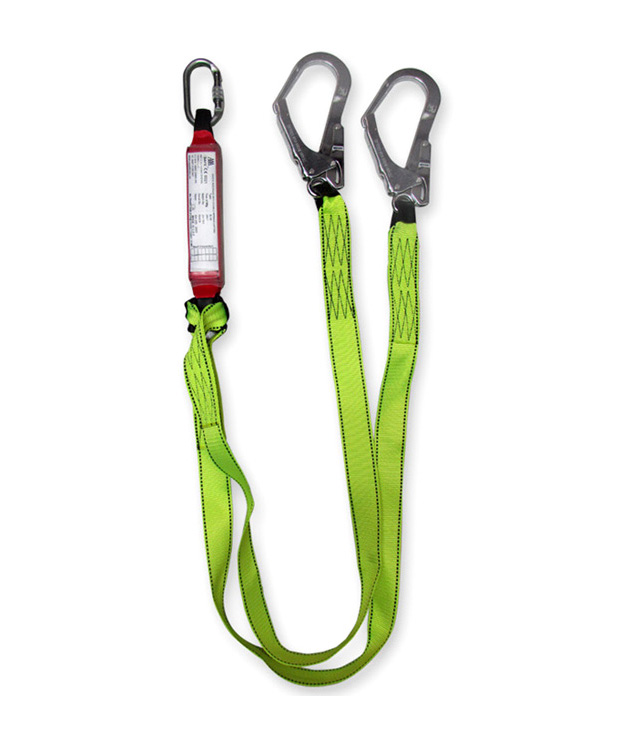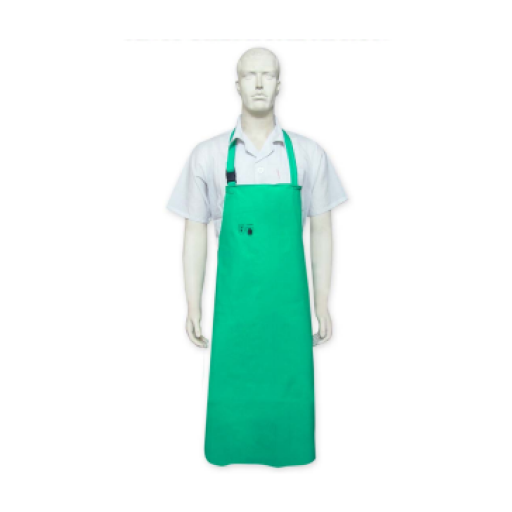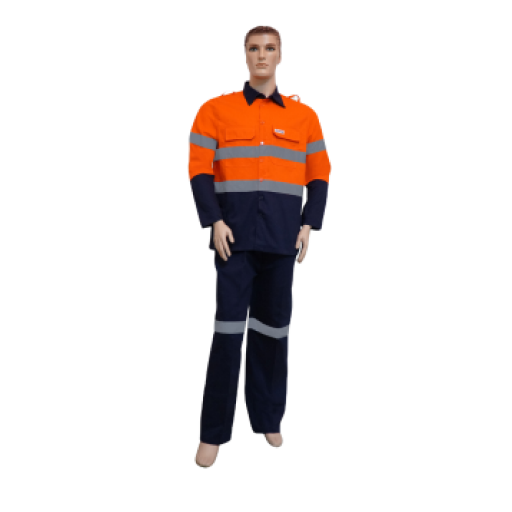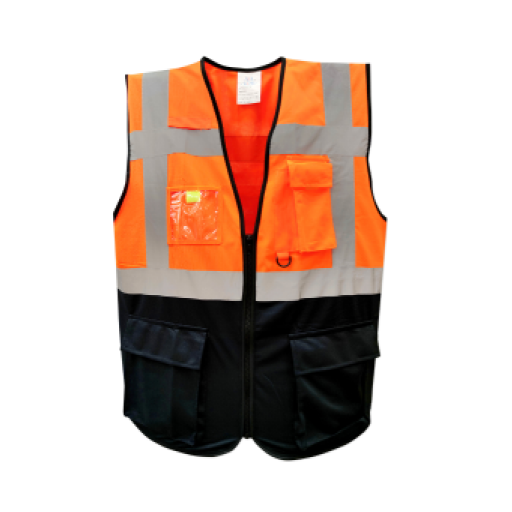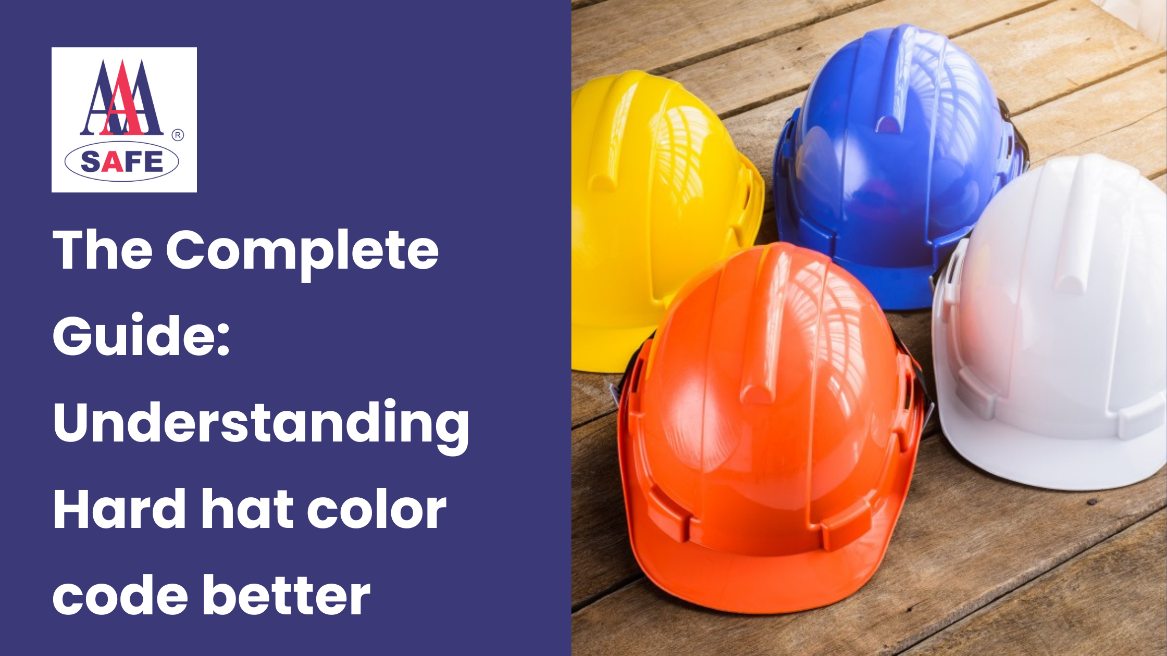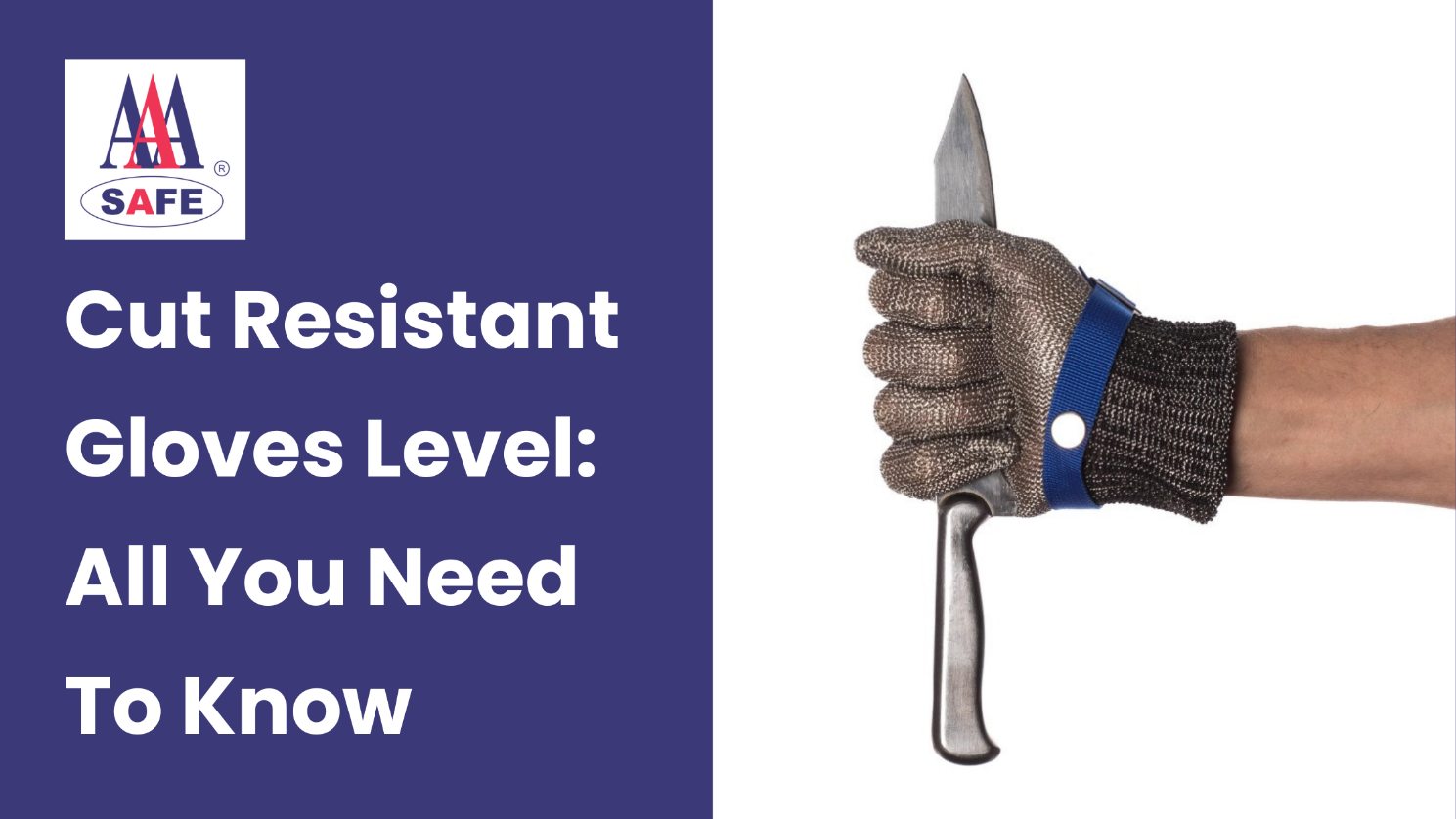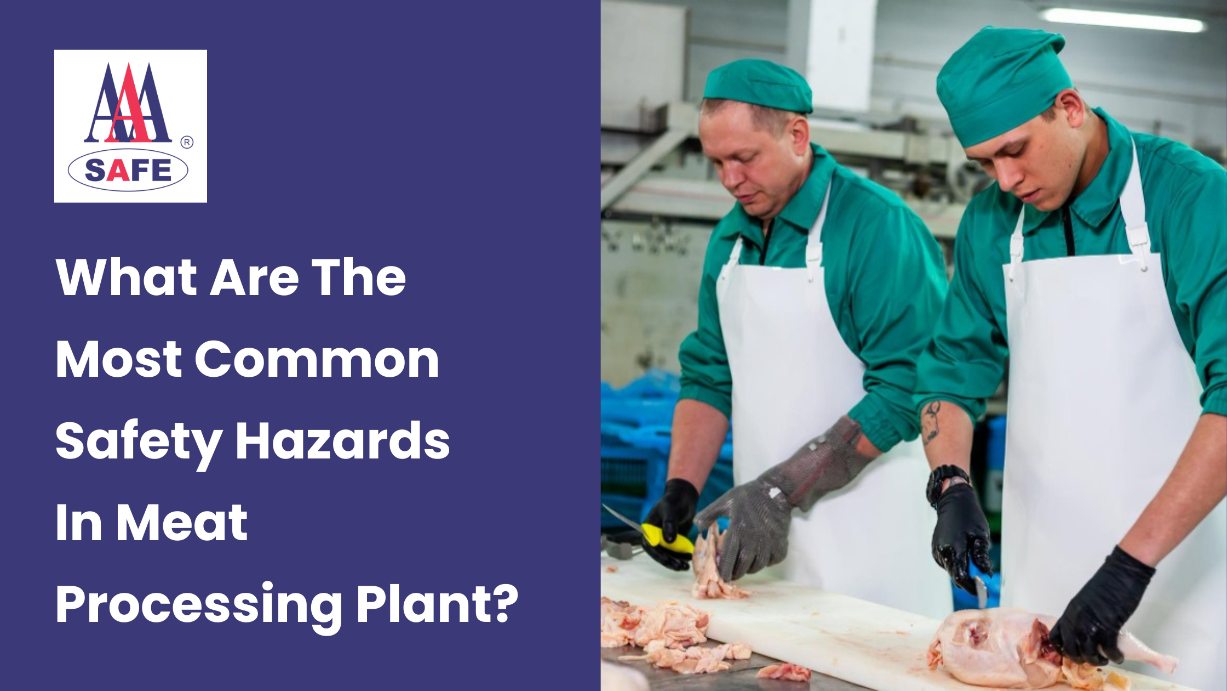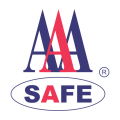Noise Reduction Ratings and Hearing
Protection at Workplace
Exposure to high noise levels over a long period of time can damage your hearing and may even cause hearing loss. It’s possible for this to occur so quietly and painlessly that you won’t even notice the slight decline day by day.
Working in an environment with excessive noise puts one’s hearing at risk. Some people may develop tinnitus (constant ringing sound) from this noise party. Unfortunately, there’s no cure for most cases of noise-induced hearing loss. Hearing aids can amplify sounds but won’t bring back the normal hearing you once had.
When it comes to protecting the health and safety of employees in noisy workplaces, noise reduction ratings, or NRR, are extremely important. An awareness of noise reduction rating (NRR) and its importance is crucial for both employers and employees, regardless of whether they work in manufacturing facilities, construction sites, or any other environment with high noise levels. This blog post will examine the significance of NRR, its calculation, and the reasons why selecting the correct hearing protection is so important.
Noise Exposure Limit Values in Dubai
According to Dubai Municipality technical guidelines, it is stated that if the noise at work is usually louder than 85 dB for eight hours, employers need to give their workers protective gears for their ears. Even if the loud sounds are there for less than eight hours, ear protection might still be needed. For instance, if the noise is 100 dB, you only need to be around it for two hours before needing ear protection. Employers should first implement suitable arrangements and engineering controls to reduce the noise level before telling workers to use things like earplugs.
Employers in occupations which requires workers to be around excessive noise at all times must make the following arrangement for their workers:
- Noise risk assessment
- Eliminate or reduce noise exposure at workplace
- Mandating use of protective gears by workers
- Health surveillance
- Training and information with regards the risks and control measures in place
Noise Risk Assessment at Workplace in Dubai
Dubai, a thriving metropolis renowned for its skyscrapers and thriving economy, is no stranger to loud workplaces. Workers in sectors including manufacturing, hospitality, and construction may be at risk for hearing impairments. Employers must do noise risk assessments in accordance with the Dubai Occupational Health and Safety Guidelines in order to determine which areas require hearing protection.
An evaluation of the noise levels that workers in various job sectors face is known as a noise risk assessment. This evaluation aids in determining whether noise levels above allowable thresholds and whether the use of hearing protection devices is necessary. Regular assessments for noise-related risks are a good way for employers to protect their workers are healthy and safe.
What Is a Noise Reduction Rating (NRR)?
Simply put, NRR is the degree of noise reduction attained by appropriately donning a certain type of hearing protection gear. Usually, it is represented by a number between 0 and roughly 30, where larger numbers correspond to more noise reduction.
The Noise Reduction Rating is listed on the packaging of hearing protection equipment in Dubai, as it is in many other locations. Usually, the manufacturer provides the information based on the outcomes of standardized testing. It’s critical to pick hearing protection with an acceptable NRR for the particular noise levels you anticipate being exposed to at work or during leisure activities.
Calculating Attenuation Using NRR
The term “attenuation” describes how a hearing protector reduces sound intensity. It’s critical to realize that the noise reduction that the wearer actually experiences is not accurately represented by the NRR. Rather, it functions as a standardized assessment to let you know how the given product stands in terms of efficiency in comparison to other noise reducing products.
Noise reduction using one type of hearing protection:
- Note down the NRR listed on the product’s packaging and subtract 7dB from it.
- Calculate the 8-hour average noise exposure in the workplace using a sound level meter.
- Now subtract B from A. If the difference is less than 85dB, the hearing protection is good to use.
For example, let’s suppose you’re using an earplug with NRR 29 dB and the average noise exposure for 8-hour is 97dB.
Using the rule, the worker’s noise exposure using the earplug will be 97 – (29-7) = 75dB. This means that using the earplug, the workers will be exposed to 75db of noise in an 8-hour work shift.
Noise reduction using two types of hearing protection:
When one hearing protection alone is not sufficient to reduce the noise level, the employer might use two of them such as earplugs and earmuffs. Here’s how to calculate the noise exposure reduction in this situation:
- Take the product with higher NRR and subtract 7dB from it.
- Add 5dB in the above number for using the second product.
- Subtract the result from the calculated the 8-hour average noise exposure in the workplace.
Supposing the average noise exposure for 8 hours is 110dB and you are using earplugs with NRR 27dB and earmuffs with NRR 29dB. Using the formula you will get:
Noise exposure using two protective gears = 110 – [(29-7) + 5] = 83dB.
This means that using two types of hearing protection, the workers will be exposed to 83db of noise in an 8-hour work shift.
Qualities of Effective Hearing Protection
When picking out the right type of hearing protection equipment, you need to take a few factors into consideration. It is important to make sure that the device you’re using curbs the noise levels and shields your ears as much as possible.
- High Noise Reduction Rating (NRR): A higher NRR means that you’ll get better noise reduction out of the protective gear. Therefore, look for a higher NRR when choosing a hearing protector.
- Right Fit: An ill-fit device will only be a hassle to carry and use. So, make sure the gadget you’re using fits properly in/on/around your ears and blocks maximum sound. Also, check for comfortability too as you need to wear it for a long period of time.
- Durability: Your hearing protection equipment should have a robust body to withstand the challenging environment of your workplace.
- Ease of Use: The device you’re using should be easy to put on and take off for a rapid use.
- Compatibility with Other Safety Equipment: Your hearing protector should not stand in the way of any other safety equipment such as safety glasses or hats you’re already using.
Types of Noise Protection Gears at Workplace
You will get a pool of options when choosing a hearing protection device that suit your work conditions and individual preference. Here they are:
- Earplugs: Earplugs are made of foam or silicone as they need to go inside your ear canal and hence, should be comfortable to wear. You can get reusable or disposable earplugs at reasonable rates.
- Earmuffs: Earmuffs are meant to completely close your ears and form a type of seal to block the external noise. Therefore, this option would provide a great amount of noise suppression. Also, earmuffs are easily adjustable so wearing them for a long time won’t be a problem.
- Custom-Molded Earplugs: These earplugs are made to fit your particular ear shape accommodate your individual needs. Hence, they provide excellemtn comfort and protection.
- Canal Caps: Canal caps have a band that goes over the back of the head, just like earplugs. Both stability and usability are offered by this design.
How to Select the Right Type of Noise
Protection for Your Workers
When choosig the best type of hearing protector for your workers, keep the following things in your mind:
- Evaluate the noise levels: Assess the noise levels at work to decide what how much noise reduction is needed.
- Employee Consultation and Involvement: Don’t forget to involve your employees in the decision making process. Consider their individual preferences as they are the ones who will need it.
- Fit testing: Do a fit check and see if the equipment fits each person comfortably. This way, you can see if it is giving a sufficient seal to each of your employees.
- Instruction and training: Buying these devices isn’t enough. You need to instruct and train your employees on how to use and take care of these devices properly.
- Continuous assessment: Determine whether the chosen hearing protection equipment is still effective on a regular basis and adapt as needed.
Conclusion
The health of your employees is a serious concern which should not be overlooked. When working in hazardous working environment, you as an employer becomes accountable for their safety. By using hearing protection gears, you can create a safer environment for your workers where their hearing health remains intact. While doing so, NRR is your best ally. Use NRR as a guiding light to pick out the best hearing protection for your workers.





